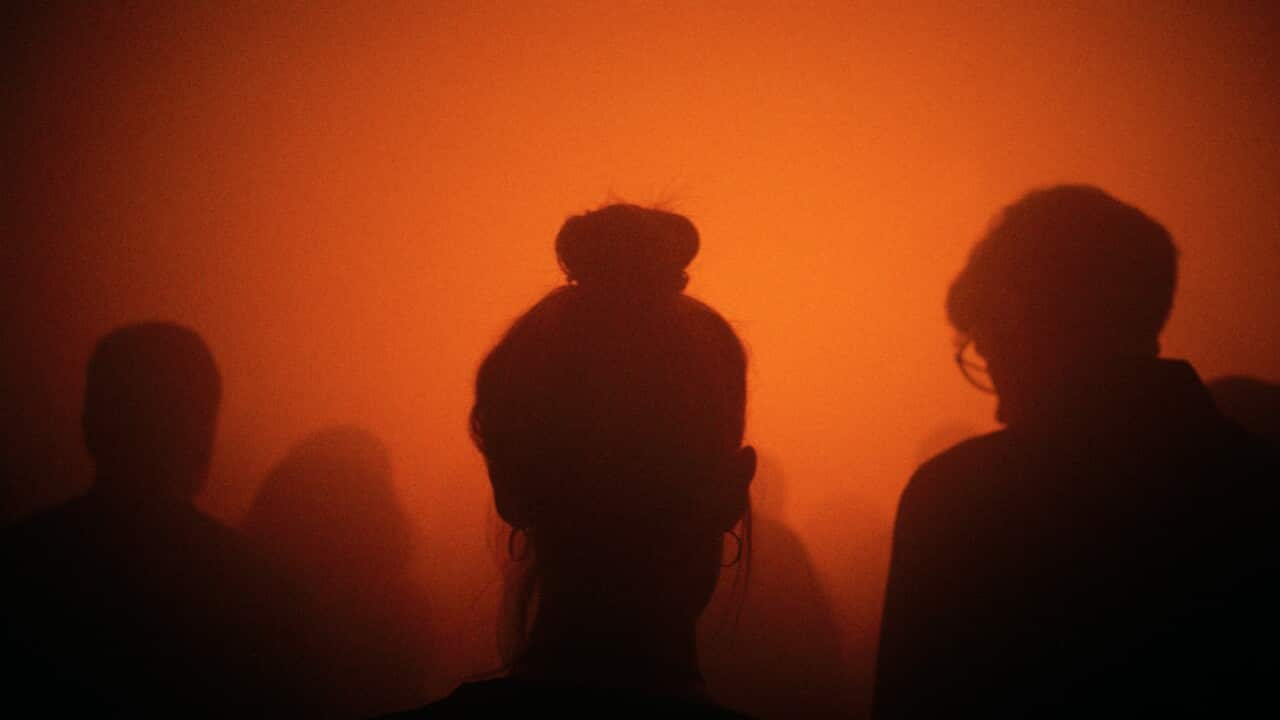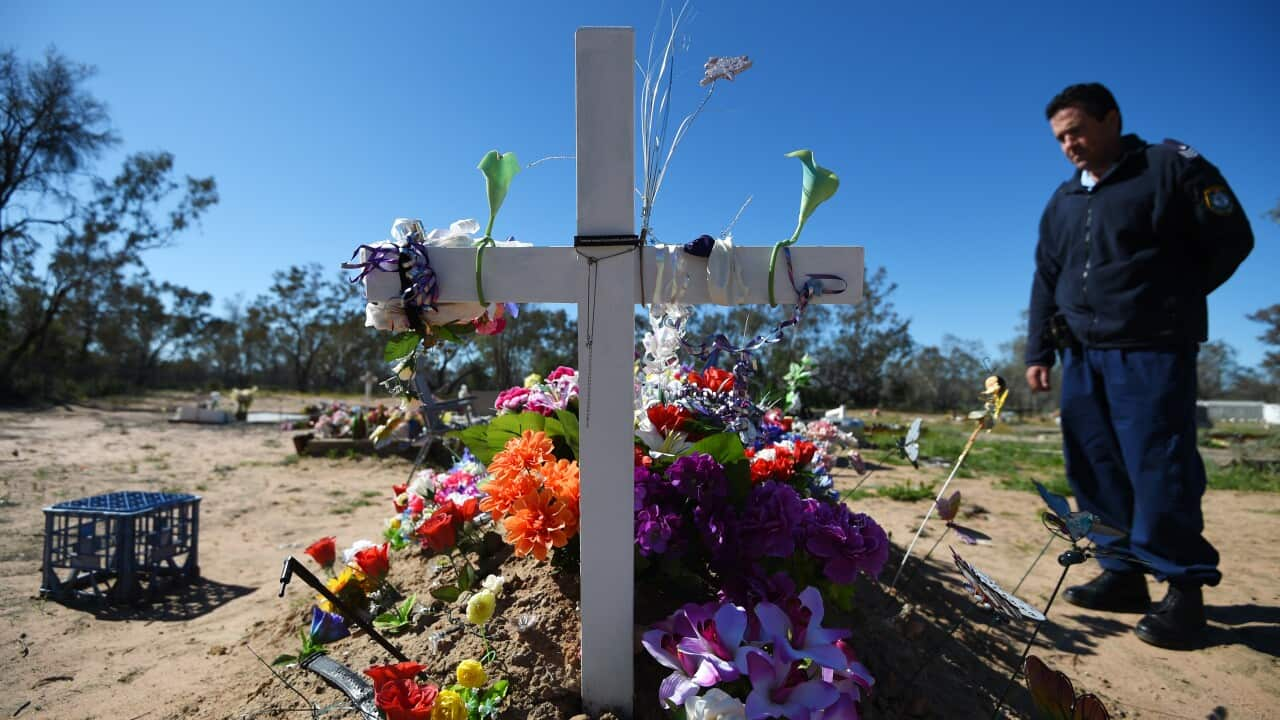Key Points
- Australian Bureau of Statistics data shows one in five Australian women have experienced sexual assault.
- The Personal Safety Survey found 13 per cent of women and 4.5 per cent of men had experienced sexual harassment.
- Women are over three times more likely to have experienced sexual violence by a man they knew than by a male stranger.
One in five Australian women have experienced sexual assault.
This is just one of the stark findings released by the Australian Bureau of Statistics (ABS) on Wednesday.
Results of the Personal Safety Survey (PSS) also showed 13 per cent of women and 4.5 per cent of men had experienced sexual harassment over a recent 12-month period.

The survey found most perpetrators of sexual violence against women are men. Source: Getty / irinamunteanu
Sexual violence against women in Australia
The PSS found an estimated 2.2 million adult women have experienced sexual violence since the age of 15.
This could have been in the form of an incident involving sexual assault or a threat or attempt of sexual assault.
According to the findings, 22 per cent of women have experienced sexual violence by a male, and less than one per cent by a female.
Will Milne, ABS head of crime and justice statistics, said an estimated two million women have experienced sexual violence by a man they knew, and around 600,000 by a male stranger.
That means women are over three times more likely to have experienced sexual violence by a man they knew than by a male stranger.
More than half of the male perpetrators of sexual assault on women were reported to be an intimate partner, with 63 per cent of such incidents happening in people’s homes.
The data also revealed some of the impacts of sexual assault on women.
“In the 12 months after the assault, two-thirds of women experienced anxiety or fear for their personal safety, and one in nine had to take time off work,” Milne said.
Not all women sought advice or support following incidents of sexual assault though, with 57 per cent of those women saying they did so and most of them turning to a friend or family member.
Sexual harassment in Australia
In total, an estimated 1.7 million Australian adults were subjected to sexual harassment, defined as behaviours that made them feel uncomfortable and were offensive due to their sexual nature.
Women were more than 10 times likely to experience sexual harassment by a male than a female, whereas men were about as likely to experience sexual harassment by a male as by a female.
Of the women who reported having experienced sexual harassment 45 per cent said they had been subjected to multiple sexual harassment behaviours.
Milne said receiving inappropriate comments about their body or sex life was the most widely reported behaviour, experienced by 800,000 women.
“Half a million women received an indecent text, email, or post, while 400,000 were subjected to unwanted touching or grabbing," he said.
Women who experienced sexual harassment were more likely to experience it from a person they knew than from a stranger, with an estimated 330,000 women being sexually harassed by someone who they had a work or professional relationship with.
Education needed to drive change in attitudes
Full Stop Australia supports people affected by sexual violence. Its head of advocacy, Emily Dale, said the Australian government needed to focus consistent attention and funding on the issue and monitor programs to ensure they are driving change.
“It's so important that the funding is directed to the frontline services that really know how to use it best and who are actually providing vital care and support to victim-survivors,” she said.

Full Stop Australia's head of advocacy Emily Dale says funding needs to be targeted to ensure it drives change. Source: Supplied
Dale described the current situation as a “crisis” given incidence rates have changed little from previous years and said work was needed to commit to changing attitudes that drive violence in the first place.
“We want there to be consent and respectful and positive relationship education in schools as well as education on gender-based violence, its drivers and impacts, to try to change attitudes and entrench positive behaviours early on,” she said.
Dale called for all systems that address violence including police, the court system and health practitioners to receive appropriate training on the drivers and impacts of violence, and how the effects of trauma manifest and how to respond sensitively to victim-survivors.
“So that when victim survivors engage with those systems, they are actually likely to get better outcomes,” she said.
Dale pointed to the ABS data that showed that 90 per cent of women did not report incidences of sexual violence to police.
“That's really troubling and I think it shows that some of the systems that are set up to respond to these types of violence are actually not working for victim-survivors.”
Earlier this month state and territory governments set targets for ending violence against women and children for the first time.
A 10-year plan was agreed upon which includes a target to reduce the number of female victims of intimate partner homicide by 25 per cent.
If you or someone you know is impacted by family and domestic violence or sexual assault call 1800RESPECT on 1800 737 732 or visit . In an emergency, call 000.
, operated by No to Violence, can be contacted on 1300 766 491.











